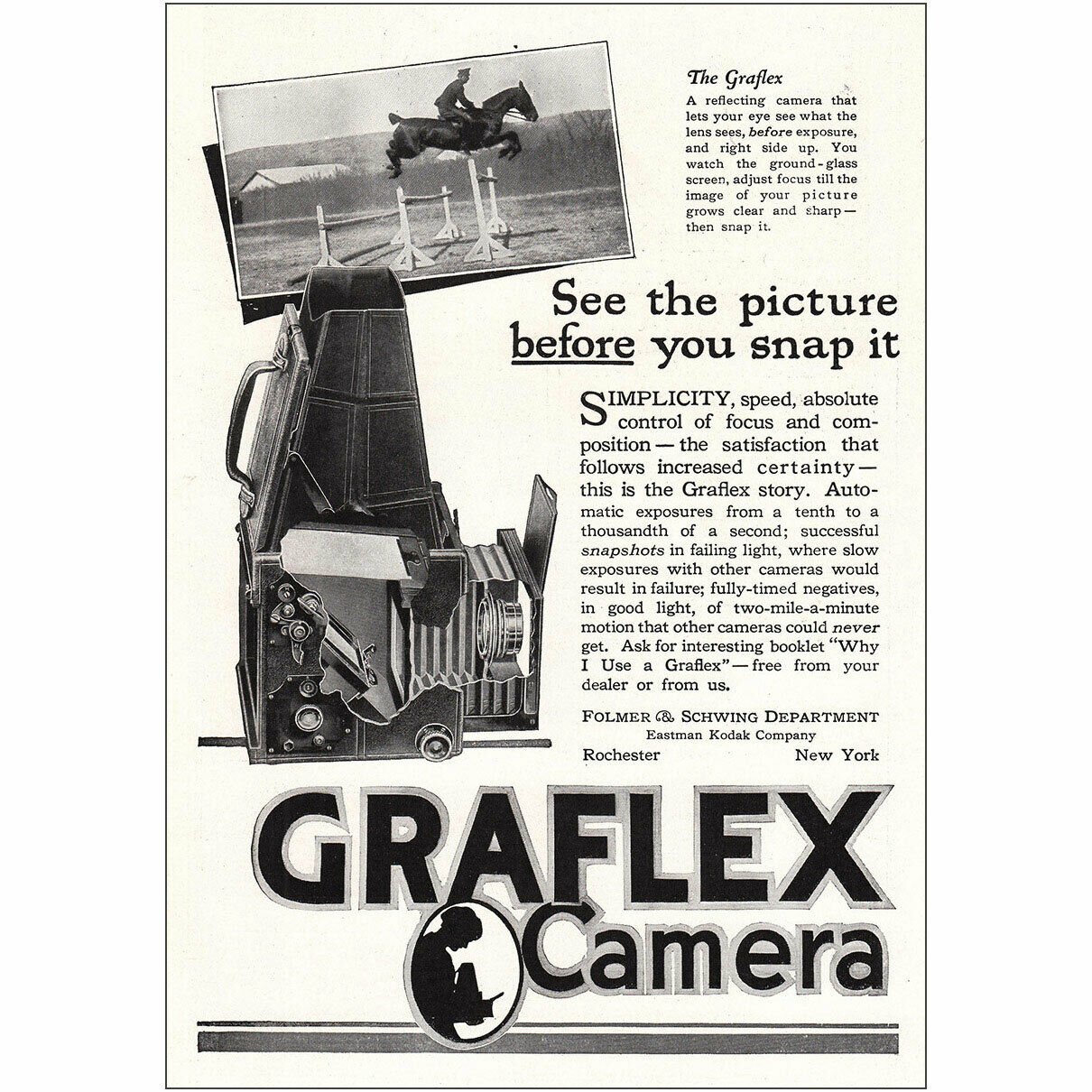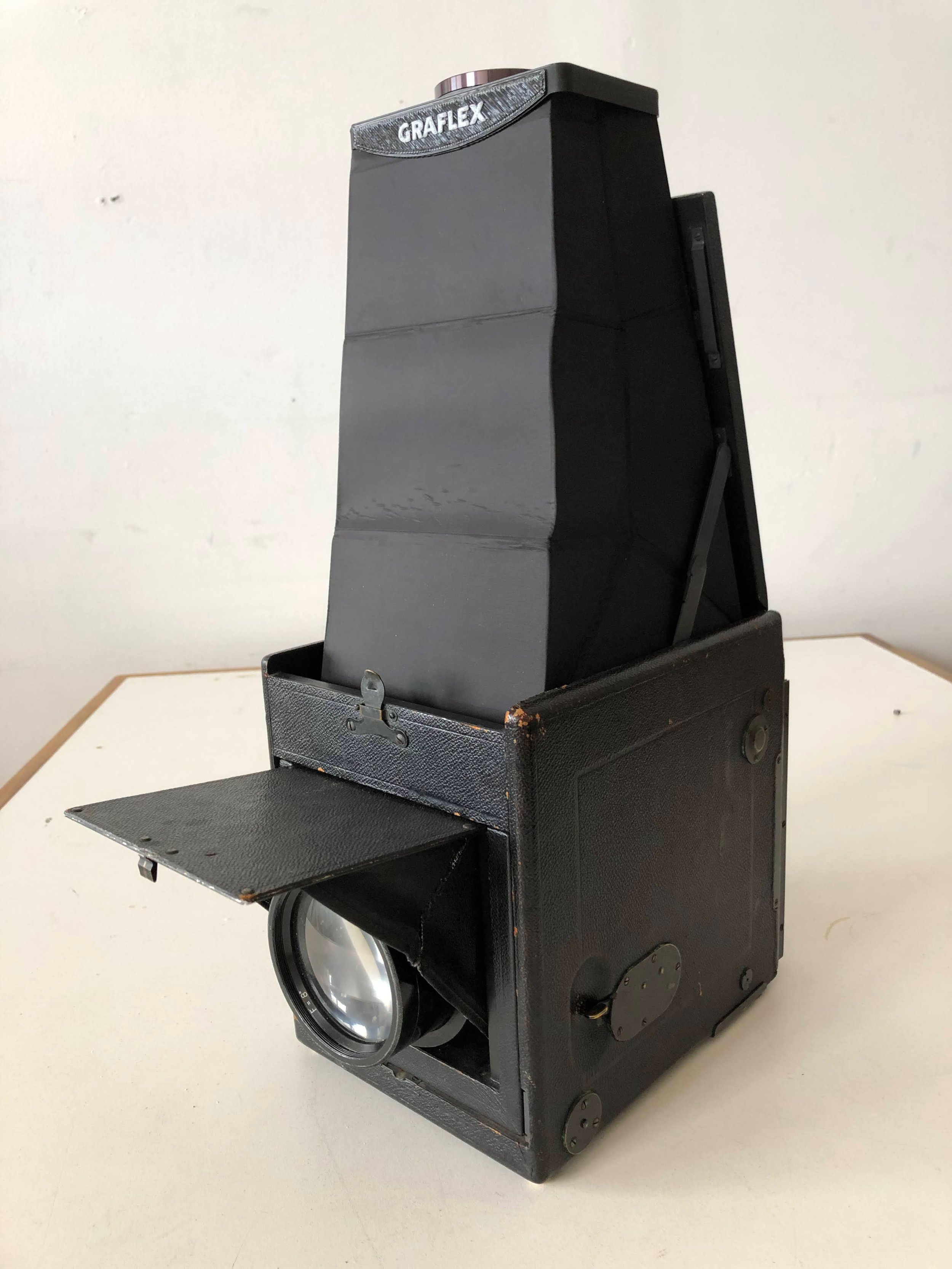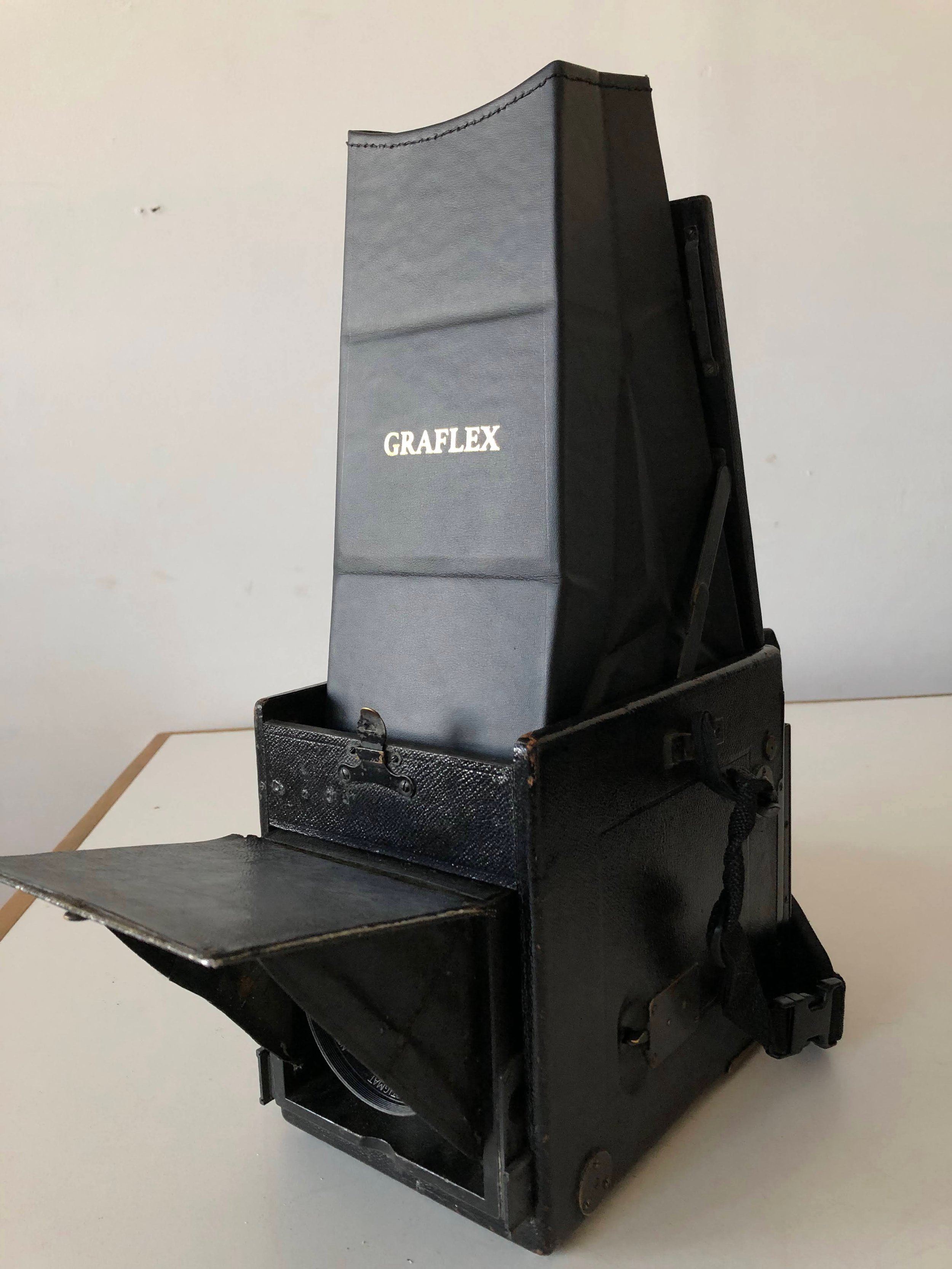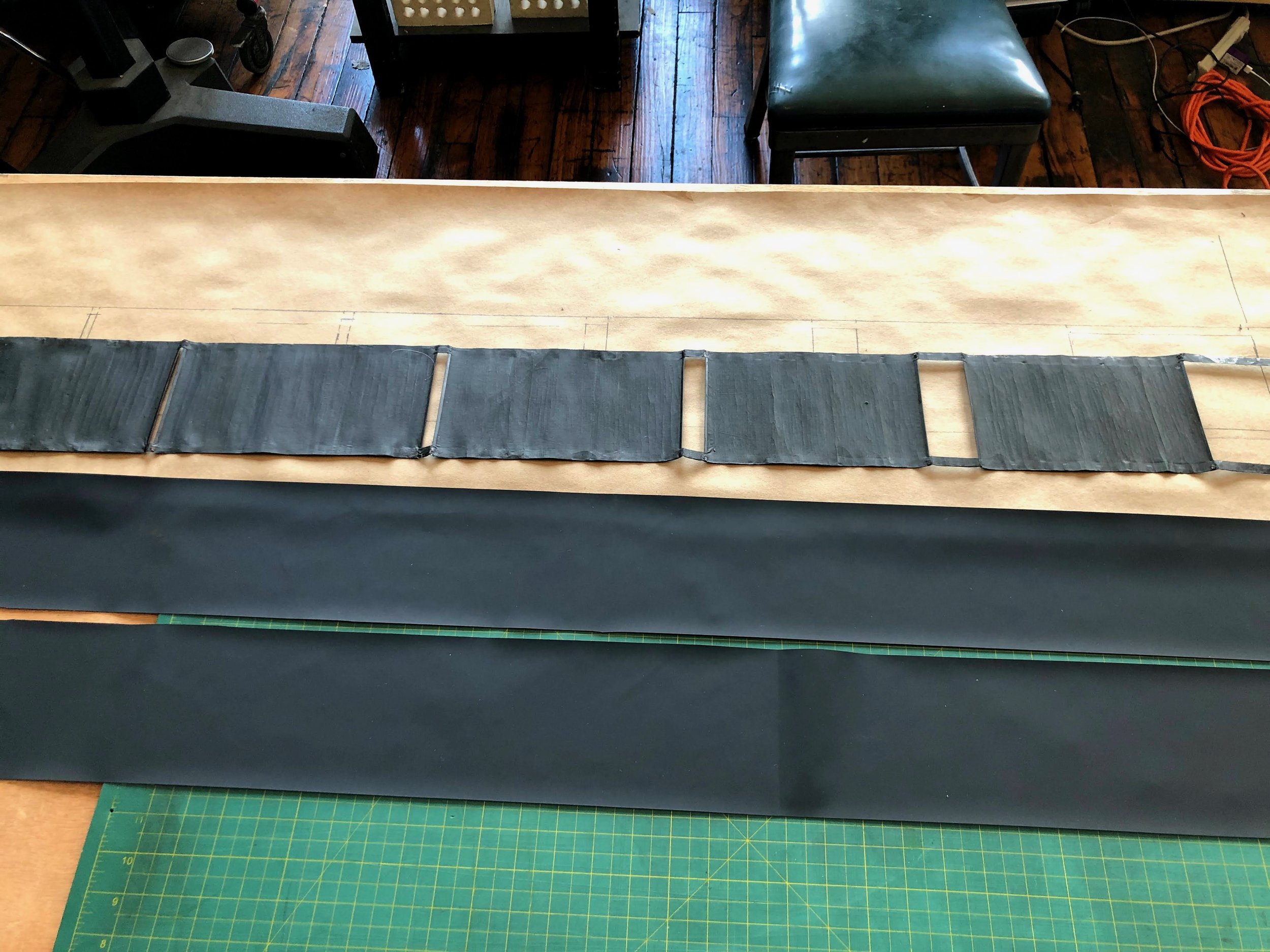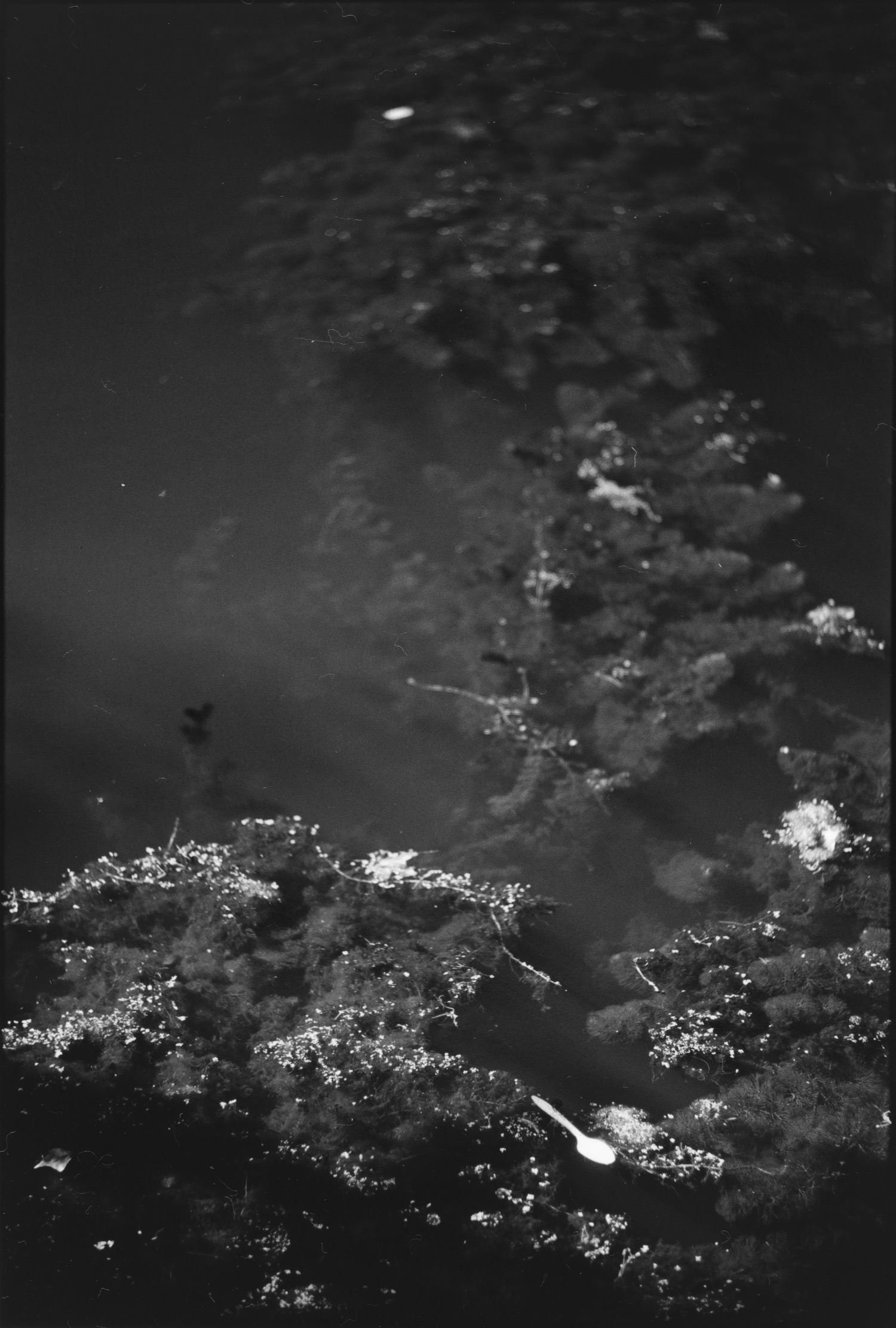As you may know, I am a fan and user of Graflex reflex cameras, so much so that I am the admin for the Flickr Group Graflex SLR. These are great cameras to use, but they are also old cameras and so they require some TLC, service and repair from time to time. Happily, there are many great options for repair and replacement parts, cool mods, and improvements. I'll share a few things I've found, and I’d love to hear about anything you've discovered.
I love using Cut Film Magazines, otherwise known as Bag Mags, even more so now that I can get replacement leather bags. These magazines work better when the bag isn't dry and stiff. This ebay seller offers new bags you can install yourself, and often has refurbished magazines as well.
Next, Holgamods made a viewfinder magnifier frame for 4x5 cameras. This frame is a 3D printed piece, and it doesn't include the magnifying lens itself, which is a common treaded close-up filter. It works quite well.
An alternative idea for a magnifier is a sheet fresnel magnifier like these from Amazon. Inexpensive and easy to trim to fit.
Viewing hoods are often in bad shape, and I've seen many different approaches to the problem. If you are like me and would prefer to stay with a hood like the original, here are two options:
This one is listed for 4x5 cameras, but they make some other sizes on request. It works well, but it isn't a close match in terms of materials. You will have to transfer the metal parts from your existing hood.
The next hood is one I have recently received and installed, and I am very impressed with the quality and the appearance. The eBay seller will make one to order for all Graflex models, as long as you can supply measurements. Here is mine, custom-made for my Series C 3x4. Like the first, you must transfer the metal parts from your old hood. It looks and works great, and what a pleasure to be able to see the full ground glass.
Looking to make a new shutter?
Aki-Asahi in Japan has the material; look for the rubber/nylon type at the bottom of the page.
I will share my own adventure making new shutter curtains in a future post. In the photo you can see the old and dried-out curtain I removed from an RB Auto and the new material from Aki-Ashai below it. It comes in a width wide enough to make two curtains, which is what I did, this shows the fabric just after I divided it in two.
Whether its a big repair or just a tune-up, it is satisfying to bring a 90-year-old camera back to life, I highly recommend it.
Here is a PDF of my shutter repair notes with the dimensions of the 3x4 curtain.
https://www.dropbox.com/s/cradbo5kzdzgmyw/Graflex%20repair%20notes.pdf?dl=0
